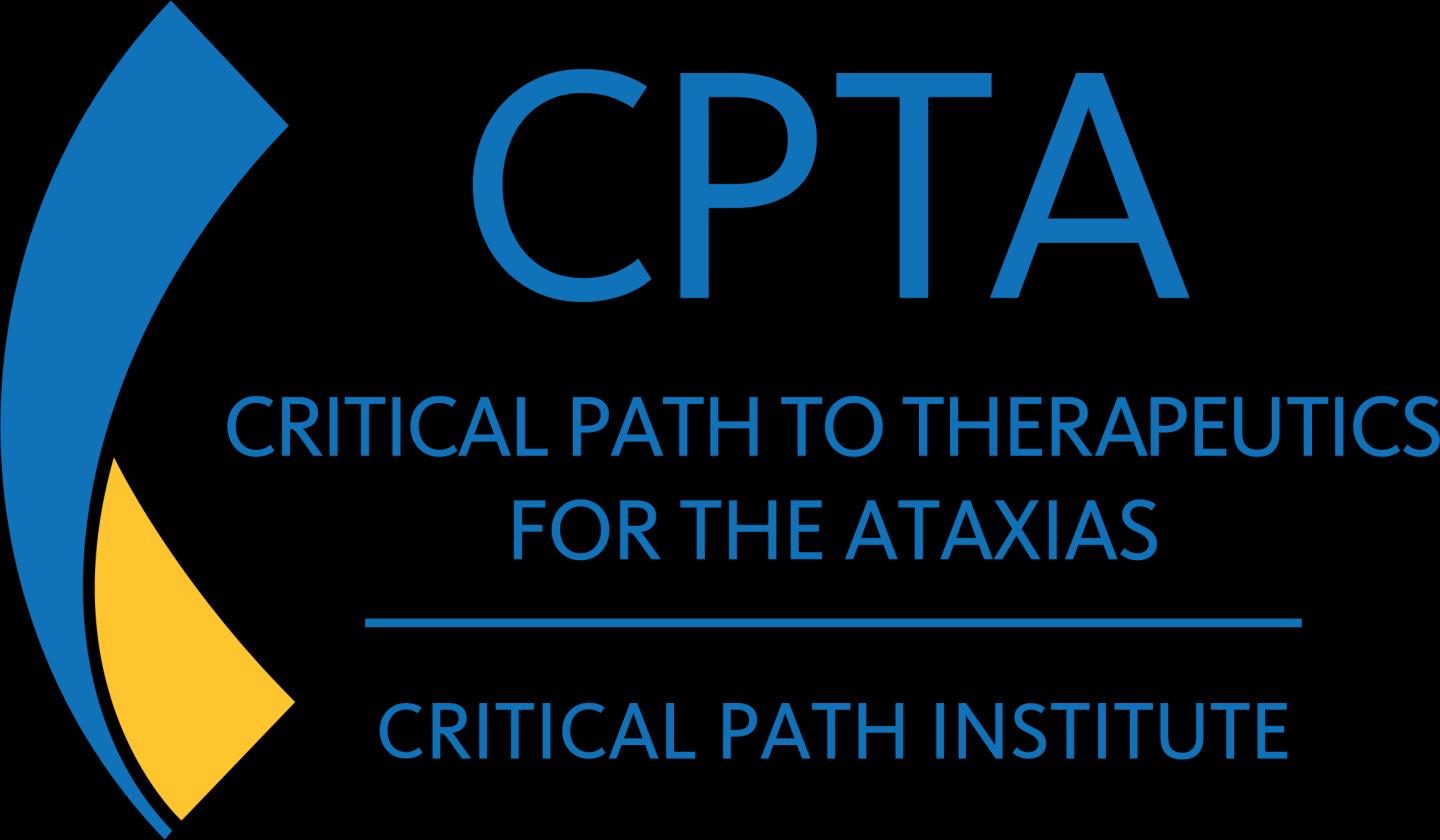The Critical Path to Therapeutics for the Ataxias will optimize clinical trials for inherited ataxias

Credit: C-Path
TUCSON, Ariz., February 26, 2021 — Critical Path Institute (C-Path) today announced the launch of the Critical Path to Therapeutics for the Ataxias (CPTA) Consortium, a public-private partnership focused on optimizing clinical trials for inherited ataxias. CPTA is a collaborative effort between C-Path, Ataxia Global Initiative, the National Ataxia Foundation, Ataxia UK and key partners in the industry and academic research communities, including Biohaven Pharmaceuticals, Ionis Pharmaceuticals, Roche Pharmaceuticals, Servier Group, Triplet Therapeutics, uniQure, and Vico Therapeutics.
“CPTA’s mission is to bring together experts from across different fields of ataxia research, advocacy and medical product development to create regulatory tools and strategies that will catalyze the development of therapeutics for the ataxias,” said Jane Larkindale, D.Phil., Executive Director of the Rare Disease Cures Accelerator-Data and Analytics Platform (RDCA-DAP). “In doing so, we aim to increase the efficiency and effectiveness of medical product development for these disorders and deliver innovative treatments to patients in need.”
Inherited ataxias are a diverse collection of genetic disorders that are characterized by ataxia (impaired coordination of voluntary movements), which can manifest in impaired gait, coordination of movement and speech. Such a clinical presentation is typically associated with atrophy of the part of the brain called the cerebellum. Each individual ataxia has a unique genetic cause and spectrum of clinical presentation, affecting many different body systems.
Klaus Romero, M.D., M.S., F.C.P., C-Path’s CSO indicates that “the pipeline of new medical products for the ataxias is expanding, but there remain large gaps in the understanding of these diverse disorders.” As therapies approach the clinic, there is an urgent need for actionable tools to understand the natural history, progression and variance in these diseases, as well as how to measure therapeutic effects in clinical trials. “The continuous input from regulators into CPTA will help guide the development of such tools, facilitating their adoption by sponsors,” Romero indicated.
CPTA will create a neutral, precompetitive space where stakeholders from across different fields and backgrounds including regulators can come together and share expertise, insights and data, which will be leveraged for the generation of actionable solutions for drug development for the ataxias.
Data contributed to CPTA will be hosted on C-Path’s RDCA-DAP, an FDA-funded initiative that provides a centralized and standardized infrastructure for data across rare diseases. The integration of data on RDCA-DAP will multiply the impact of the combined ataxia data and facilitate advanced data analysis approaches that would be impossible from individual studies in isolation. These data will inform ataxia research, leading to an optimized understanding of these disorders, how disease progression and drug effects are measured and will help optimize the development of novel medical products in this space.
###
For more information, visit c-path.org/programs/cpta or email [email protected].
Critical Path Institute is supported by the Food and Drug Administration (FDA) of the U.S. Department of Health and Human Services (HHS) and is 55% funded by FDA/HHS, totaling $14,575,306, and 45% funded by non-government source(s), totaling $11,916,747. The contents are those of the author(s) and do not necessarily represent the official views of, nor an endorsement by, FDA/HHS or the U.S. Government. For more information, please visit FDA.gov.
About C-Path
Critical Path Institute (C-Path) is an independent, nonprofit organization established in 2005 as a public and private partnership. C-Path’s mission is to catalyze the development of new approaches that advance medical innovation and regulatory science, accelerating the path to a healthier world. An international leader in forming collaborations, C-Path has established numerous global consortia that currently include more than 1,600 scientists from government and regulatory agencies, academia, patient organizations, disease foundations, and dozens of pharmaceutical and biotech companies. C-Path US is headquartered in Tucson, Arizona and C-Path, Ltd. EU is headquartered in Dublin, Ireland, with additional staff in multiple other locations. For more information, visit c-path.org and c-path.eu.
Media Contact:
Kissy Black
C-Path
615.310.1894
[email protected]
Media Contact
Kissy Black
[email protected]





